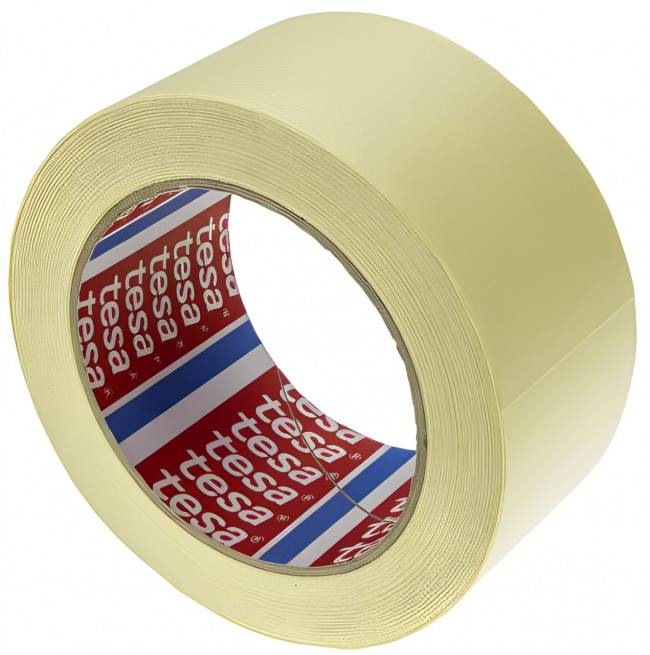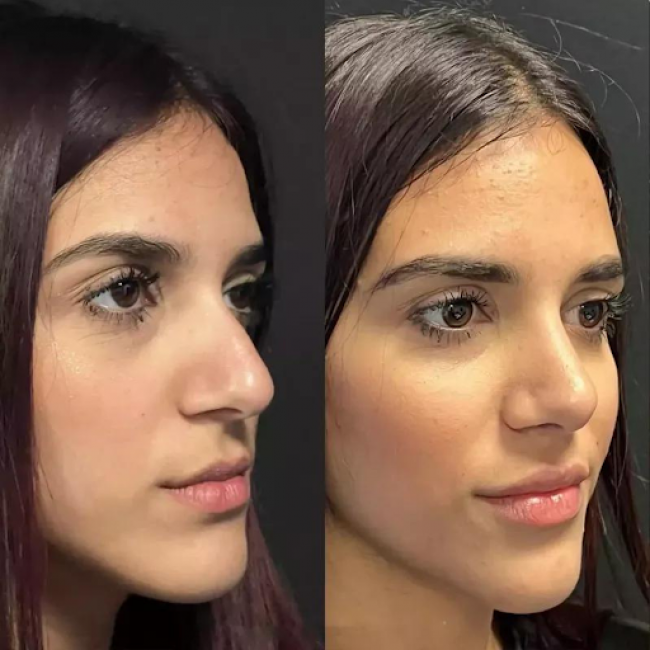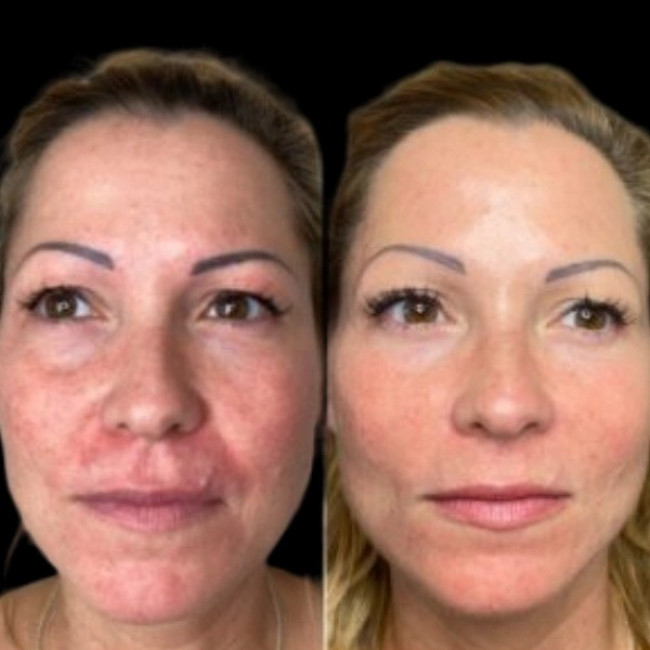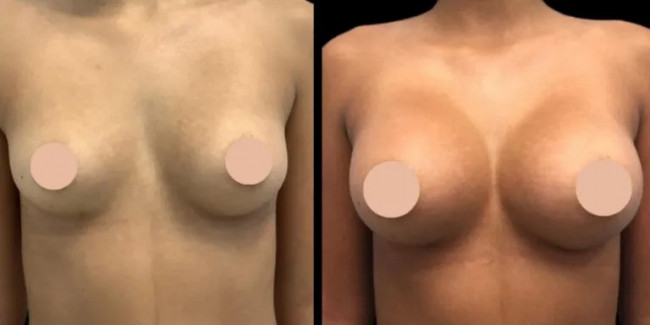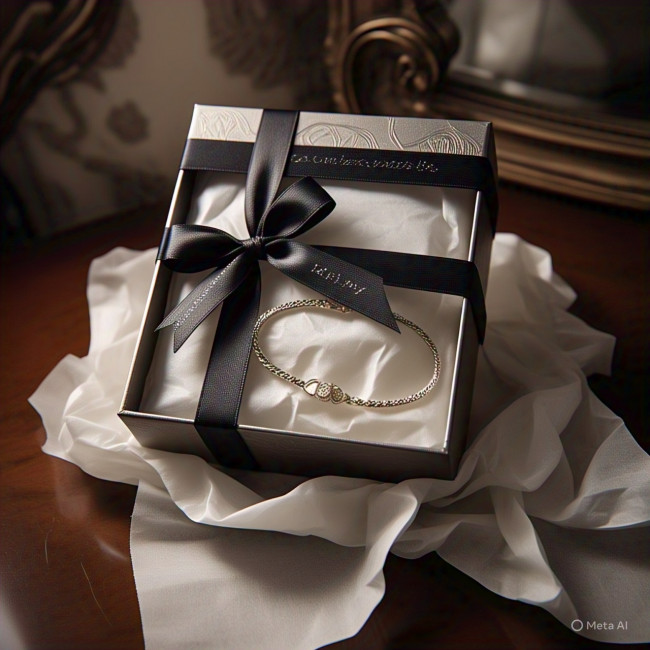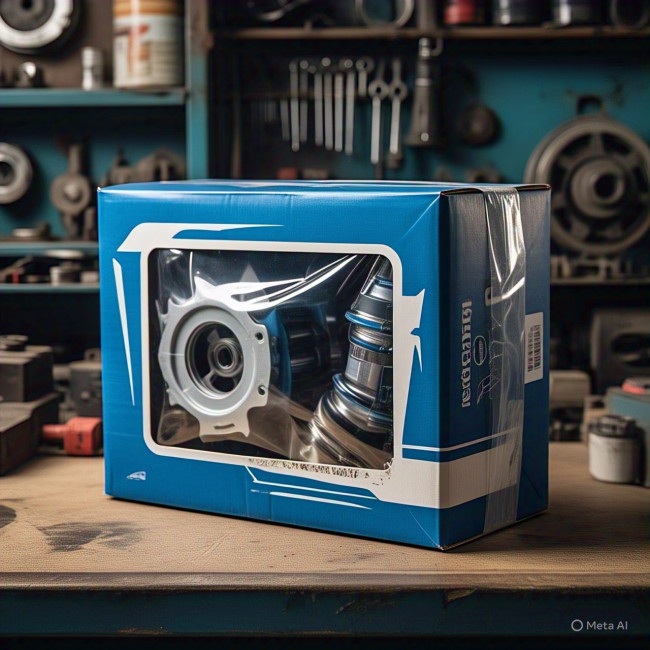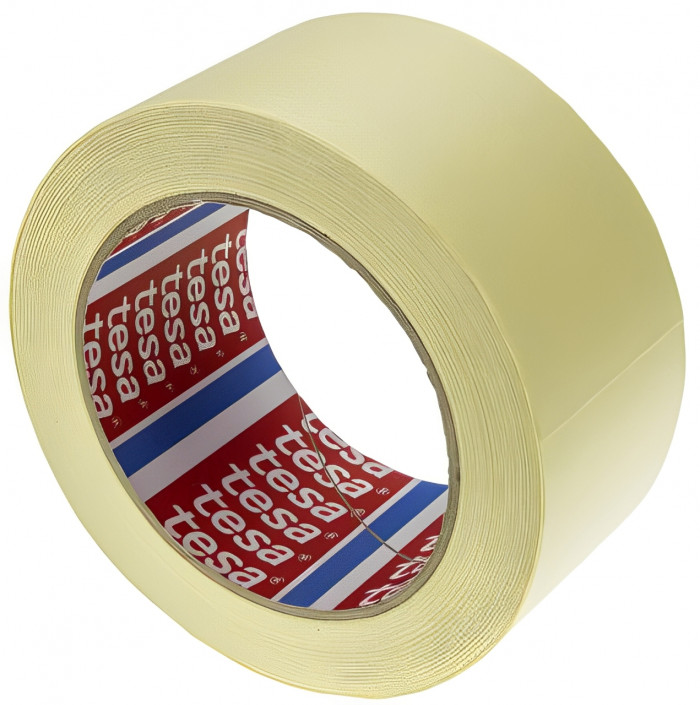
Introduction to Masking Tapes and Their Versatile Roles
Masking tapes are lightweight, pressure-sensitive adhesive tapes designed for precision masking, protection, and surface preparation. They serve as a dependable tool across various fields—from painting and decorating to electronics assembly and automotive refinishing. With their ability to adhere temporarily and remove cleanly, masking tapes support both novice users and seasoned professionals.
Their effectiveness stems from the delicate balance between their adhesion strength and surface safety. Whether you are shielding surfaces during a paint job, labelling circuit boards, or organising wires, masking tapes offer a non-permanent solution that protects and guides without leaving behind residue.
How Are Masking Tapes Constructed for Different Applications?
Masking tapes are built with specific components that define their functionality, lifespan, and surface compatibility. Typically, a masking tape consists of a backing material and an adhesive layer, carefully engineered to perform under various conditions.
Paper-backed tapes are the most common type, providing a cost-effective solution for short-term indoor projects.
Polypropylene and polyester-backed masking tapes are utilised in high-duty environments where strength and temperature resistance are crucial.
Rubber-based adhesives provide high initial tack and are well-suited for rapid adhesion.
Acrylic adhesives offer UV resistance and improved long-term performance, particularly in outdoor or extended-duration applications.
Each type is tailored to meet the unique needs of industrial, commercial, or domestic applications, thereby enhancing project accuracy and surface safety.
Where Are Masking Tapes Commonly Used?
The versatility of masking tapes has made them indispensable in countless industries and day-to-day tasks. Their non-intrusive design and controlled adhesion allow users to execute detailed work efficiently and effectively.
Painting and Decorating: Masking tape helps achieve crisp paint edges, blocks off trim areas, and creates decorative patterns without damaging the underlying surface.
Automotive Repairs: In body shops and detailing units, these tapes prevent overspray and protect windows and rubber trims during painting or sanding.
Electronics and Electrical Engineering: They are widely used to temporarily fix wires, label terminals, and isolate components during testing.
Crafting and Creative Arts: Artists and hobbyists use masking tape to maintain clean lines in painting, crafting, or scrapbooking.
Construction and Packaging: Tapes assist in labelling materials, sealing lightweight packages, and securing blueprints or templates during layout work.
General Maintenance: For temporary fixes or holding parts in place during assembly, masking tapes offer a quick and clean solution.
Why Choose Gaffer Tapes as a Heavy-Duty Alternative?
While masking tapes are excellent for lightweight and detail-oriented tasks, Gaffer tapes provide enhanced durability and strength in more rugged environments. Gaffer tape is a cloth-based adhesive tape known for its ability to stick firmly without leaving behind residue, even on delicate surfaces.
Gaffer tape is tear-resistant and can be removed cleanly from cables, walls, and floors, making it ideal for film, theatre, and stage production.
Their matte finish eliminates light reflection, making them perfect for lighting setups and backstage usage.
These tapes are often chosen when surface aesthetics, non-slip performance, and durability are priorities.
In combination with masking tapes, Gaffer tapes can deliver a comprehensive solution in both visual precision and structural strength.
What Are the Key Benefits of Using Masking Tapes?
The enduring popularity of masking tapes can be attributed to their broad functionality and unique set of advantages. Both professionals and homeowners appreciate how these tapes enhance accuracy, protect surfaces, and streamline workflows.
Clean Removal: Masking tapes can be removed without damaging surfaces or leaving adhesive marks, which is especially useful for painted walls, plastics, and glass.
Hand Tearability: Their soft backing material makes them easy to tear by hand, saving time during fast-paced work.
Excellent Conformability: The flexible nature allows them to adhere well around corners, curves, and irregular surfaces.
Wide Variety: Available in different widths, thicknesses, adhesion levels, and colours to suit specific applications.
Temperature and UV Resistance: Certain industrial-grade masking tapes are engineered to withstand high temperatures and UV exposure without degrading.
These benefits make them not only convenient but also essential in environments where both precision and protection are crucial.
When Should You Avoid Using Masking Tapes?
While masking tapes are remarkably versatile, they do have limitations. Using them in the wrong context can lead to adhesive failure, surface damage, or compromised results. Here are scenarios where they should be avoided or replaced with more specialised alternatives:
On rough or dusty surfaces, where adhesion will be weak and inconsistent.
In high-temperature environments, standard masking tapes may melt, curl, or leave residue.
For permanent fixes or structural bonding, stronger adhesives such as epoxy or double-sided tapes are required.
In outdoor settings for prolonged periods, unless the tape is specifically UV-rated.
When exposed to moisture or chemicals that could degrade the adhesive.
Choosing the right tape for the task ensures that project standards and surface quality are not compromised.
What Should You Consider When Selecting Masking Tapes?
To maximise the benefits of masking tapes, it’s essential to choose the appropriate product variant based on application-specific criteria. Here are the primary factors to evaluate before purchasing:
Surface Sensitivity: For delicate surfaces, such as wallpaper, vinyl, or freshly painted walls, opt for low-tack or painter’s tape.
Project Duration: Short-term tapes are well-suited for same-day projects, while long-term tapes are more suitable for tasks that last multiple days or weeks.
Environmental Conditions: Consider heat, humidity, UV exposure, and the presence of dust or grease in your working environment.
Tape Width: Narrow tapes are suitable for fine detailing, while broader tapes are better suited for masking large areas.
Ease of Removal: Tapes should not cause tearing, lifting of paint, or sticky residue after removal, particularly on decorative or finished surfaces.
Matching these characteristics with your task requirements guarantees better results and avoids surface damage.
How Do Masking Tapes Enhance Productivity and Professionalism?
Masking tapes do more than protect surfaces—they improve job efficiency and project quality. In fast-paced work environments, the ability to quickly lay down a straight guideline or mark an area without elaborate tools can save valuable time. Their consistent application in industrial and design settings also communicates a sense of order and attention to detail.
In construction, marked-out areas help ensure safety compliance.
In retail display setups, temporary masking helps align signage and fixtures precisely.
In laboratories and workshops, labelled components and wires reduce confusion and support effective diagnostics.
The visual cues and separation zones created by masking tapes contribute to smoother processes and fewer errors.
Conclusion: Why Are Masking Tapes Still Indispensable?
Masking tapes continue to be a foundational tool for professionals and hobbyists alike due to their exceptional adaptability, surface safety, and ease of use. From painting walls to assembling electronic components, these tapes deliver consistent results and uphold project integrity. As part of a toolkit that may also include stronger options, such as Gaffer tapes for more demanding applications, masking tapes offer unmatched flexibility.
Their role in enhancing accuracy, protecting materials, and speeding up workflows has ensured their ongoing relevance in modern workspaces. Whether you’re setting up a temporary design, protecting surfaces during a build, or marking key areas, masking tapes are a simple yet essential choice.

